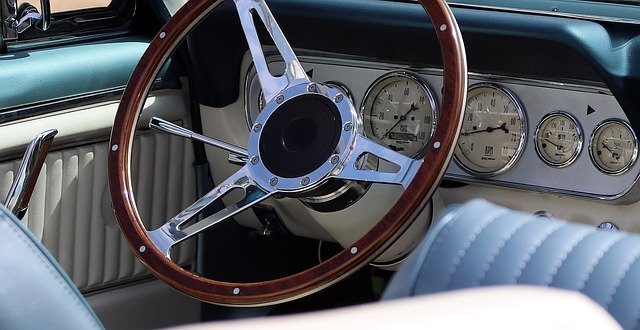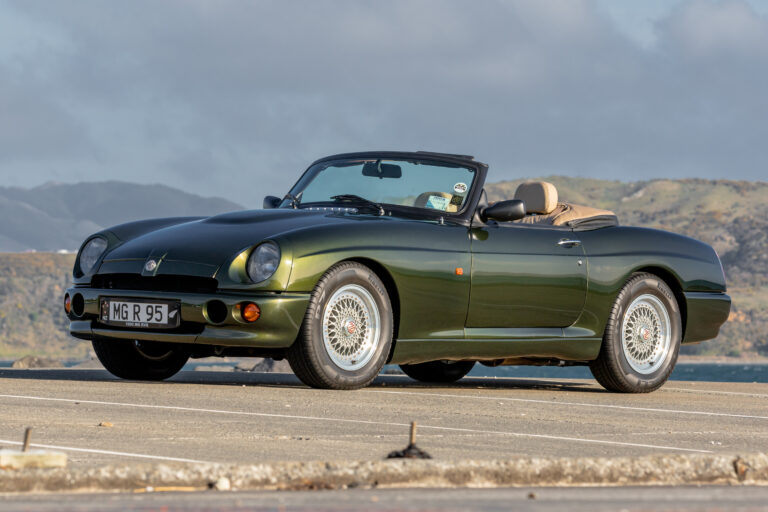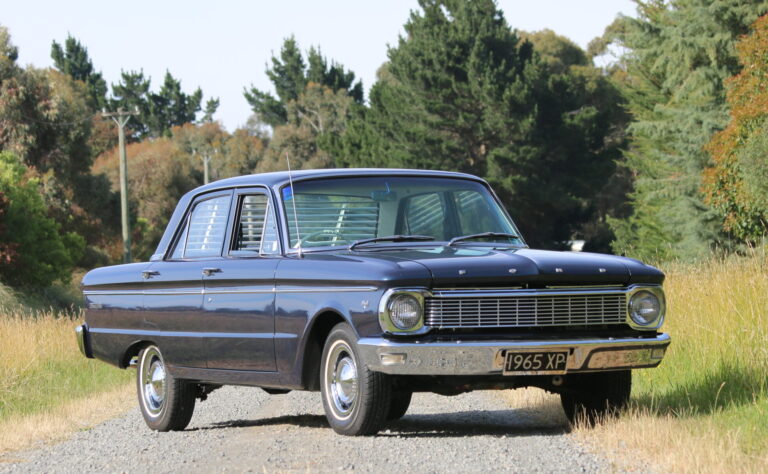
The Ford Mustang can be seen appearing in hundreds of movies. Starting with the 70s movie Bullitt and ending with the well-known Need for Speed movie. According to statistics, the demand for the Ford Mustang is growing each year and these cars can often be seen on the street. So, what’s the secret to the car’s popularity, which has already celebrated its 56th birthday? Let’s find out!
Attractive price. Looking at any lifetime of the Ford Mustang, a similar trend can be seen – the availability of the car. This means that a sporty, powerful car has become no longer an unattainable dream, but a realistic goal that can be bought by any middle-income resident. It is not for nothing that the appearance of the Ford Mustang in the market is called a historic event and a certain decisive turning point in the sports car industry. So, the Ford Mustang has become a reachable dream as well as it has definitely helped to win many people’s sympathy. It is unlikely that the situation has changed much today. The Ford Mustang remains one of the most affordable sports cars for the middle-income person, who wants to feel the power of his/her own car.
The design that is impossible to forget. Another important nuance of why the Ford Mustang is one of the most popular cars of all time is design. And what is beautiful to look at easily finds its way into our hearts as well. And it really doesn’t depend on how many movies including the Ford Mustang model you have seen in your life. Regardless of age, education and culture, this car is one of those that makes you stop for a moment… Why? Perhaps we unconsciously recognize a piece of genius in these cars. Let’s say, if we took a look at Ford Mustang vehicles for sale, we could easily notice that would be an old model or a brand new one – they have something in common. And the old models don’t look as desperately old as other car manufacturers. Timeless design and cars that do not lose popularity over the years. That’s what is called genius.
The ingenuity of the creators lies in the details. Ford Mustang enthusiasts can attest that Ford Mustang car models simply have a strange attractiveness that cannot be easily described. And it’s not always easy to name what’s so fascinating about these cars in particular. Of course, both the attractive design and the technical parameters of the car have a huge impact. But is that all? It may seem that the design of Ford Mustang models remains unchanged over the years. However, a closer look reveals that the Ford Mustang keeps its models updated to market demand. So while we won’t see any obvious changes here, it’s easy to notice that the Ford Mustang goes hand in hand with comfort, innovation and customer needs. Let’s be honest, changes in details might not draw our attention but the details make up the whole.



